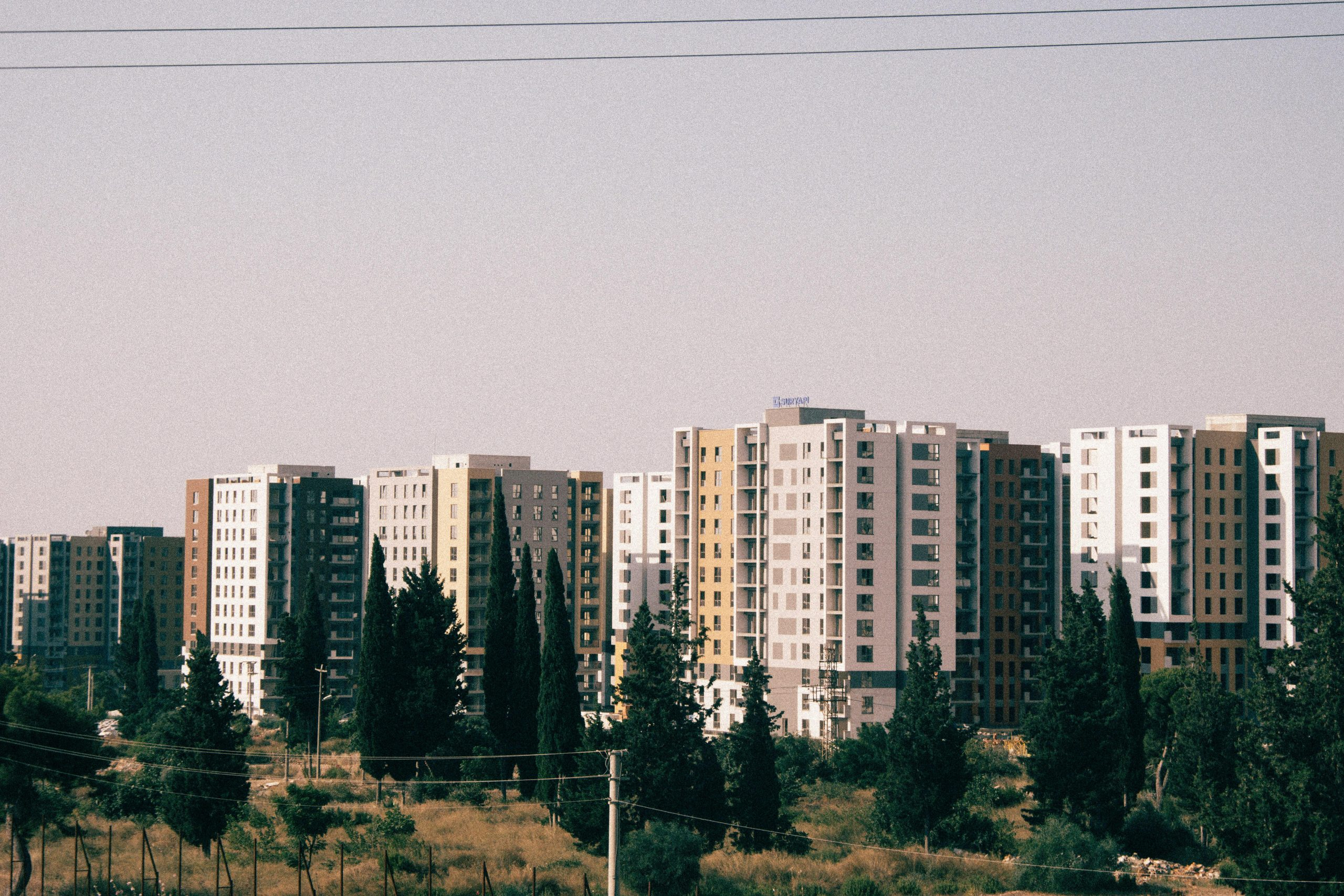Technological Innovations Reshaping Complex Residential Outdoor Environments
In today’s modern world, technology has become an integral part of our daily lives, revolutionizing the way we work, play, and even relax. The field of residential outdoor environments is no exception to this trend, as technological innovations are constantly reshaping the way we design, maintain, and enjoy our outdoor spaces. From smart irrigation systems to automated outdoor lighting, these advancements have made it possible to transform complex residential outdoor environments into functional and aesthetically pleasing areas. In this article, we will explore some of the most groundbreaking technological innovations that are reshaping the way we experience and interact with outdoor spaces.
The Rise of Smart Home Technology
The concept of smart homes has been around for a while, but it has gained significant traction in recent years, thanks to the advent of Internet of Things (IoT) technology. This technology allows various devices and appliances to connect and exchange data, creating a network of interconnected devices within the home. In the context of outdoor environments, this technology has given rise to a new class of smart outdoor devices that can be controlled and managed remotely through a smartphone or a virtual assistant.
Smart Irrigation Systems
One of the most notable examples of smart home technology in the outdoor space is the smart irrigation system. These systems use weather data and soil moisture sensors to determine when and how long to water the lawn and plants, ensuring that they receive the right amount of water at the right time. Unlike conventional sprinkler systems, smart irrigation systems can be controlled remotely, making it possible to turn off or adjust the watering schedule while away from home.
Automated Outdoor Lighting
Gone are the days when outdoor lighting was limited to a simple on/off switch. Today, homeowners can enjoy the convenience of automated outdoor lighting systems that can be controlled through a smartphone or programmed to follow a specific schedule. These systems also offer impressive energy-saving capabilities, as they can be programmed to turn off or dim when not needed.
The Emergence of Virtual and Augmented Reality
Virtual reality (VR) and augmented reality (AR) technologies have come a long way in recent years, and they are not limited to the world of gaming and entertainment. These technologies are increasingly being used in the field of residential outdoor environments to help homeowners visualize and plan their outdoor spaces. Landscape designers and architects can now use VR and AR tools to create 3D models of outdoor spaces, allowing clients to see how different layouts, materials, and features will look before any construction work begins.
Smart Outdoor Entertainment
Another area where VR and AR technology are making a significant impact is outdoor entertainment. With the rise of outdoor home theaters and gaming areas, VR and AR devices can provide immersive and interactive experiences for homeowners. Whether it’s watching a movie under the stars or playing a virtual game in the backyard, these technologies are adding a new level of entertainment to residential outdoor environments.
The Role of Artificial Intelligence
Artificial Intelligence (AI) is another technology that is reshaping the design and maintenance of complex residential outdoor environments. Through machine learning algorithms and predictive analytics, AI-powered platforms can analyze data from sensors, weather forecasts, and other sources to optimize outdoor environments for energy efficiency and aesthetic appeal. For example, AI can help determine the best placement of plants, trees, and other landscaping features to maximize shade, airflow, and natural light.
The Future of Residential Outdoor Environments
The current state of technology in residential outdoor environments is just the beginning, and the future holds even more exciting possibilities. Drones, for instance, could become a common tool for monitoring and maintaining large outdoor spaces, while 3D printing technology could revolutionize the way we build outdoor structures and hardscapes. As technology continues to advance, our residential outdoor environments will become more efficient, sustainable, and enjoyable than ever before.
In conclusion, technological innovations are playing a crucial role in reshaping complex residential outdoor environments. From smart home technology to virtual and augmented reality, and even AI, these advancements are making it possible to create outdoor spaces that are not only aesthetically pleasing but also functional, sustainable, and easy to maintain. As we continue to embrace technology, the outdoors will become an extension of our homes, offering endless possibilities for relaxation, entertainment, and efficient living.











